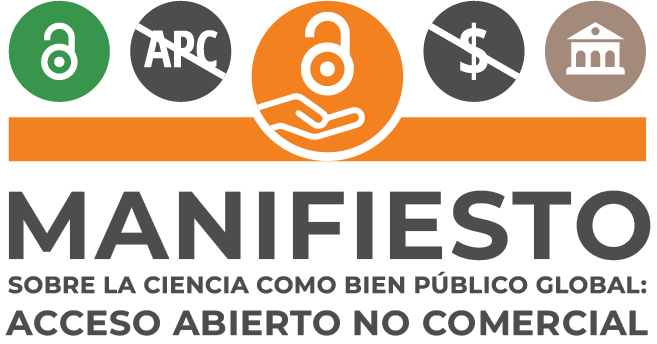New economic policy for the development of central america
DOI:
https://doi.org/10.69789/ccs.v9i2.707Keywords:
Macroeconomics, Economic development, Input-output Product Matrix, National Accounts, Balance of Payments, El SalvadorAbstract
The author explains that Central America's economic growth strategy is based on foreign trade, the results of which are residual given that three obstacles limit its performance, namely: the residual or zero contribution of the export sector to economic growth of the region, the disarticulation of economies and the limited participation of the State in development. For empirical verification we use each country’s National Accounting System as well as each country’s input-output matrix. The research results show that sustainable economic growth is possible with a new economic policy "from within" towards economic development with the execution of state-oriented economic planning, through branch dynamics and sectors of the economies of Central American countries.
References
Balassa, Bela (1978). Exports and Economic Growth: Further Evidence, World Bank Reprint Series; Number Sixtyeight
Reprinted from Journal of Development Economics 5 (1978) 181-189.
(1987). The interaction of domestic distortions with development strategies, Development Research Department
Economics and Research Staff World Bank, DRD DISCUSSION PAPER, Report No. DRD249.
Barro, Robert J. (1998). Notes on Growth accounting, National of economic bureau research, 1-30p.
Bitar, Sergio (1988). Neoliberalismo versus neoestructuralismo en América Latina, Revista de la CEPAL No. 34,
Santiago de Chile.
Blanchar, Olivier, Amighini, Alessia et Francesco Giavazzi (2012). Macroeconomía, 5a. edición, editorial Pearson,
p.
Dornbusch, Rudiger, Stanley Fischer, y Richard, Startz (2009). Macroeconomía, Ed. Mc Graw Hill, 10a edición, 630p.
Durán Lima, José et Banacloche Sánchez, Santacruz (2021). Análisis económicos a partir de matrices de insumoproducto:
definiciones, indicadores y aplicaciones para América Latina, Documentos de Proyectos(LC/TS.2021/177), Santiago, Comisión Económica para América Latina y el Caribe.
Fajnzylber, Fernando W. (1983). La industrialización trunca de América Latina, centro de economía transnacional,
Editorial nueva imagen, 416p.
Galbraith, John Kenneth (1964). Economic Development, Cambridge, Massachusetts, Harvard University, Published
in Great Britain by Oxford University,109 p.
Hirschman, Albert O. (1968). La economía política de la industrialización sustitutiva de importaciones en América
Latina. Revista Trimestral de Economía, 82(1), 1–32. https://doi.org/10.2307/1882243
Hirschman, Albert O. (1983). La estrategia del desarrollo económico. Trimestre económico, 50(199(3),1331-1424.
http://www.jstor.org/stable/23395856 (1964).
Stratégie du développement économique. Les Éditions ouvrières, Collection développement et civilisations,246p.
Hirschman, Albert O., Rothschild, Emma., et Amartya Sen (2013). The Essential Hirschman (J. Adelman, Ed.).
Princeton University Press. http://www.jstor.org/stable/j.ctt3fgxjh
IMF (2009). System of National Accounts 2008, European Communities, International Monetary Fund, Organization
for Economic Co-operation and Development, United Nations and World Bank, 663p.
Keynes, John Maynard (1933). National Self-Sufficiency. Studies: An Irish Quarterly Review, 22(86), 177–193.
Downloads
Published
Issue
Section
License

This work is licensed under a Creative Commons Attribution-NonCommercial-ShareAlike 4.0 International License.
Los artículos de Ciencia, Cultura y Sociedad están publicados en acceso abierto bajo una licencia CC BY-NC-SA 4.0 de la Universidad Evangélica de El Salvador.


















